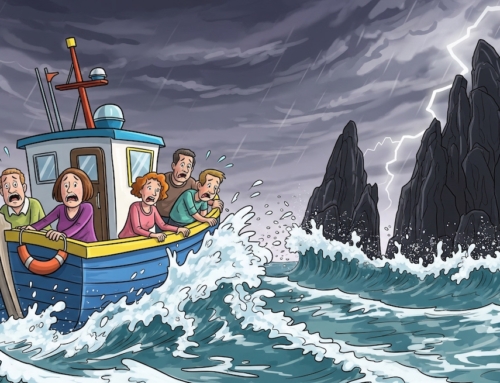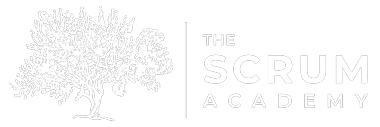
Waterfall rock sky beauty mountain river water scenic cascade nature iceland landmark travel cliff landscape fall green stream outdoors
Escape from Waterfall Island (Part 2 of 2)
With that classic throw back to the 1980’s, let’s wrap up our conversation on what are the key question to raise when being asked to dispatch help to Waterfall Island. This entry is a continuation of an earlier article, so be sure to take a look if you forgot some of the earlier questions.
- Where does is really hurt? Earlier, there was a question that identified all the pains the participants were experiencing and then ranked the pains from extreme to moderate. These pains, while real, are likely symptoms of a bigger, hidden issue that must be addressed. Use this question as opportunity to go deeper and discover why these pains exists. Root-cause analysis will illuminate the lurking issue. I recommend using Five Whys or Ishikowa (Fishbone) Diagram to go beyond the symptoms to find the cause.
- Do we have time to learn? An odd question, but extremely relevant since the answer will show if the business leaders have realistic expectations or not. Sometimes an organization is too busy to slow down in order to learn new things. This is often the case when the business is understaffed. Another factor which inhibits learning is when the business is under a great deal of pressure, i.e. failure is not an option. When the fear of failure is too high, people tend to respond conservatively to new ideas or revert to behaviors that feel comfortable.
- How can we work together effectively?
- How do we deliver regularly? Scrum and Agile are all about delivery of value to the customer and end users. Scrum and XP focuses on shipping software on a regular cadence (from a few weeks up to thirty days) while Kanban ships when something is complete. If you are not delivering working software frequently, your primary goal is to eliminate all the impediments – technical, social and organizational – that inhibit this objective. When your product is finally out the door and in the hands of the user, then optimize the delivery process to enable fast, flexible flow. Once you stamp out the technical limitations to fast delivery, the next target will be to reduce batch size.
- How do we know if this is working? This is an important topic to discuss at the outset because we need to know if we are indeed getting people off Waterfall Island and making things better. Use easy-to-gather metrics that are hard to game. Include both qualitative and quantitative metrics that focus on business outcomes rather than process compliance. Speak with senior leaders, middle managers, Team members and customers to find out what simple metrics they might use to tell us to see if thing are working or not. Look for trend lines that tell us we are on-track or off-track rather than absolute numbers.
- How do we communicate with each other?
- How do I take care of myself? The work of evacuating people from Waterfall Island is tiring and draining. Take a moment to reflect on what your needs are, how you are feeling and how you will re-energize yourself. IME, organizations are full of crazy. When I worked at Cardinal Health we called all the nutty things that happened there, “Cardinal World”. The inhabitants of Waterfall Island will work to make you adopt their particular brand of crazy and see the world through their eyes. Don’t do it – keep your wits about you and keep your perspective. That is why you were called in to help with the evacuation.
- How do I take care of the Team?
- When can I go home? The best coaches and consultants strive to make their work unnecessary. From the moment you step onto Waterfall Island, be thinking about your escape (plan). Avoid creating a culture of dependency between yourself and the inhabitants. Teach them how to resolve their own problems. Leave the inhabitants healthier, more resilient and more secure for the future.






